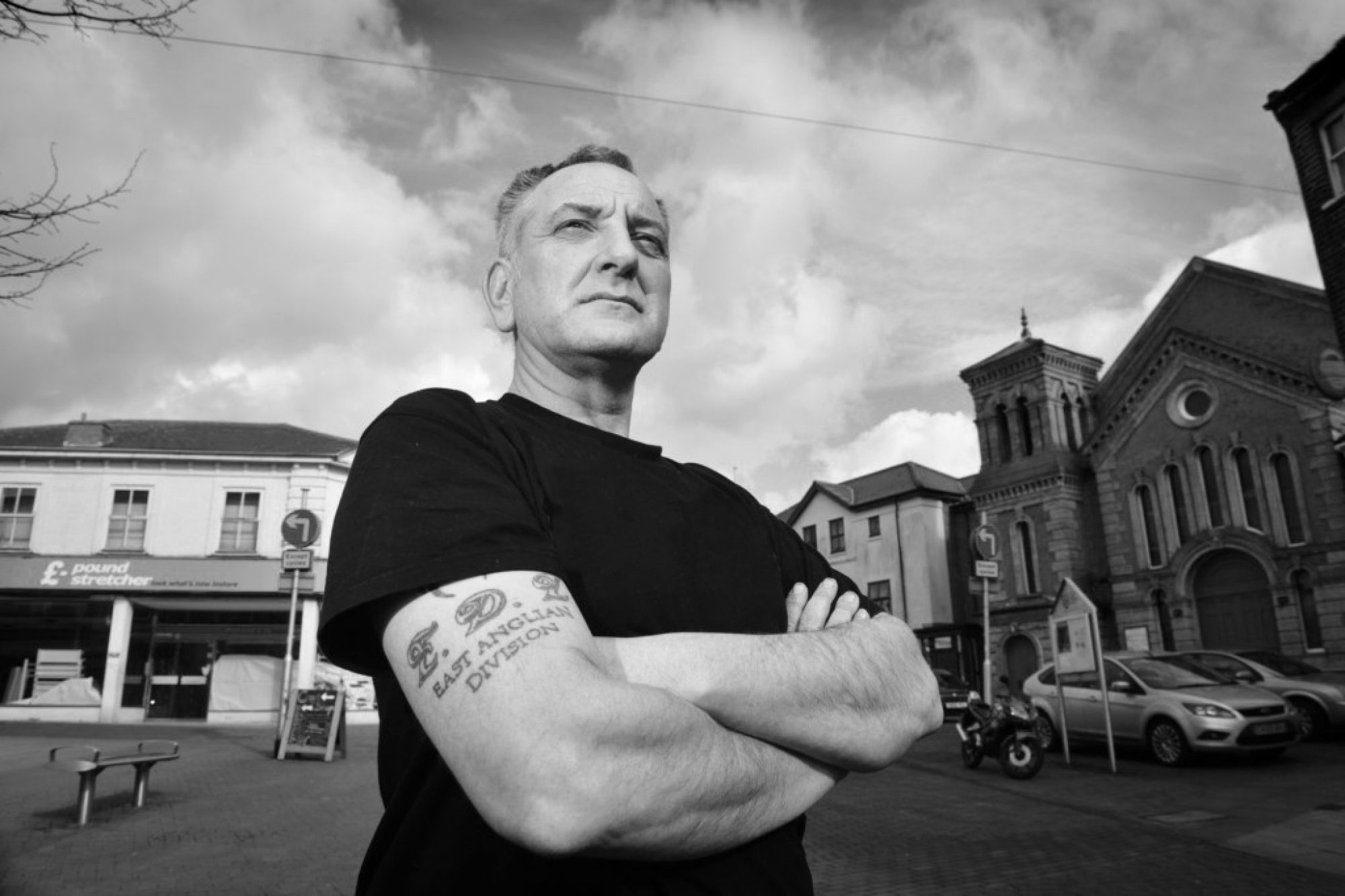
When I posted on my personal Facebook profile about watching the new Netflix documentary ‘Attack on London: Hunting the 7/7 bombers’. I received this comment above, After challenging him on the post I noticed comments from my friends Gem and Dan Biddle rightly so because Dan is the most injured survivor from the 7/7 attack.
After thinking for a while, I felt a bit of guilt as a comment on my post has offended good friends of mine, I decided to spend the rest of the day exploring in a bit more detail the comment above.
Debunking the Myths: The 7/7 London Bombings and the “Ripple Effect” Conspiracy.
As the 20th anniversary of the 7th July 2005 London bombings approaches, misinformation and conspiracy theories are once again resurfacing. among them is the video 7/7 Ripple Effect 3, which promotes a narrative claiming that the four suicide bombers were innocent, that they were set up by the British government, and that the attacks were a “false flag” operation.
Claim 1: The four young Muslims were tricked into taking part in a mock exercise and were then killed at Canary Wharf.
There is no credible evidence whatsoever that the bombers, Mohammad Sidique Khan, Shehzad Tanweer, Hasib Hussain, and Germaine Lindsay, were shot dead at Canary Wharf or that they were unaware of their role in the attacks.
The Metropolitan Police, Intelligence and Security Committee (ISC), and multiple inquiries, including the 2011 Coroner’s Inquests, concluded they were suicide bombers who deliberately carried out coordinated attacks on three Tube trains and a bus, killing 52 people.
The claim that they were shot at Canary Wharf originated from vague and unverified reports which were later contradicted by physical evidence, such as CCTV footage of the bombers entering Luton station and King’s Cross, eyewitness testimony, and forensic evidence at the bombing sites linking them directly to the explosions.
Claim 2: The bombings happened during a government-run mock drill simulating the same scenario.
Visor Consultants was conducting a private crisis management exercise that day, but this was not a government-run drill. His company was working with a small group of clients on a hypothetical scenario involving bombings which is a routine exercise for risk planning.
Owner Peter Power has stated that the timings and locations in his scenario did not precisely match the actual attacks. The coincidence is striking, but not evidence of complicity. Emergency services regularly plan for terror scenarios and the existence of such drills does not imply foreknowledge or orchestration.
Claim 3: CCTV cameras were not working at the bombing locations.
CCTV footage of the bombers exists and was made very public during official investigations and court proceedings. Footage shows them together at Luton station at 04:56, and at King’s Cross shortly before the attacks.
While not every camera on the Underground was functioning perfectly that day, which apparently is not unusual according to the documentaries I’ve watched, also there is no evidence of a systemic blackout or deliberate camera failure. Some stations affected by the attacks had limited CCTV coverage in underground tunnels, as was typical in 2005.
Claim 4: Tony Blair needed a false-flag attack to distract from the Iraq war and WMD lies.
This claim is speculative and again unsupported by any evidence. The failings of the intelligence used to justify the Iraq War had already been exposed by the time of the July bombings, and Tony Blair was already under immense political pressure.
To suggest a government would orchestrate the killing of its own people to manipulate public opinion is a grave allegation. No whistle-blowers, documents, or forensic evidence have ever surfaced to substantiate this theory, despite the intense media scrutiny over the years.
Claim 5: A BBC ‘Panorama’ episode in 2004 predicted the bombings, proving foreknowledge.
The Panorama programme in question in the comment was a hypothetical exercise exploring how the UK might respond to a terrorist attack on the Underground, a scenario considered likely by intelligence agencies for years, especially after the Madrid train bombings in 2004.
Far from indicating conspiracy, this showed that security analysts were aware of London’s vulnerabilities and that a bombing was widely anticipated. Predictive planning in journalism and policy circles is not evidence of complicity.
Of course it’s natural to question official narratives, especially following catastrophic events, it is also crucial to distinguish between genuine investigation and misinformation dressed up as truth. The 7/7 Ripple Effect videos fail to provide verifiable evidence and instead they promote cherry-picked coincidences and long-debunked claims.
The families of the victims, the survivors, deserve respectful remembrance grounded in facts – not recycled conspiracy theories.
@Newdaystarts
Further reading and viewing for more information,
The 7 July Inquest transcripts and rulings (UK Coroner’s Office)
The ISC Report on the London Terrorist Attacks
BBC and Guardian investigative reports (2005–2011)
Debunking 7/7 conspiracy theories (FullFact.org)
Back from the dead: The untold story of 7/7 – Dan Biddle
Viewing
Netflix – Attack on London: Hunting the 7/7 bombers.
Sky Documentaries – 7/7: Homegrown Terror.
